Apple Music and iTunes are both products of Apple Inc., known for its innovation. They originated from the same company but cater to different musical tastes. This article will clarify the differences between iTunes and Apple Music, focusing on their features, functions, and intended users. By the end, you should have a clear idea of which platform suits your music needs best.
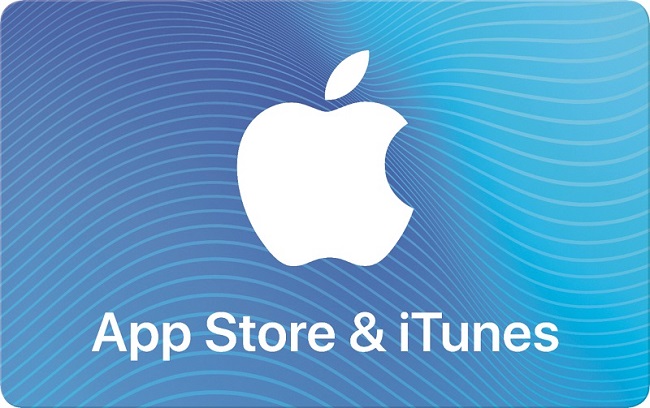
Part 1. Apple Music and iTunes
Apple Music and iTunes, both products of Apple Inc., have revolutionized how we access and enjoy music. Together, they cater to a broad spectrum of music enthusiasts, from those who cherish ownership of their media to those who prefer the convenience of streaming.
1.1 iTunes: Your Digital Music Library Pioneer
iTunes, launched in 2001 by Apple Inc., changed how people accessed digital media. It began as a media player and evolved into a platform for managing, buying, and consuming various digital contents such as music, movies, TV shows, podcasts, and audiobooks. Users could directly purchase and download media to their devices. It providing easy access to a vast library of content without the need for physical stores or waiting for deliveries.
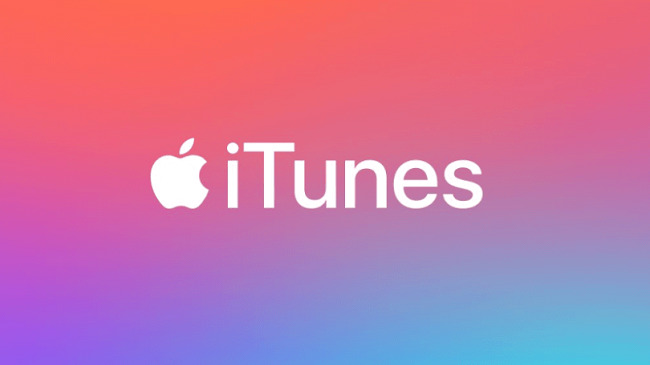
Over the years, iTunes added new features like syncing media across Apple devices, backing up and restoring iOS devices, and accessing streaming radio stations. However, with the rise of streaming services like Apple Music and the shift towards subscription models, iTunes was phased out in 2019. Its functionalities were divided into separate apps: Apple Music, Apple TV, Apple Podcasts, and Apple Books.
1.2 Apple Music: Dive into Unlimited Musical Exploration
Launched in 2015, Apple Music quickly became a key player in the music streaming industry. It offers a subscription-based model, giving users access to a vast library of songs, albums, playlists, and music videos for a monthly fee. This model reflects the changing preferences of music enthusiasts who prefer the convenience and flexibility of streaming services.
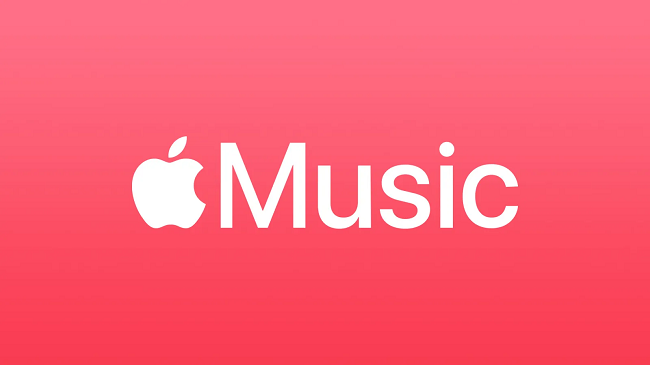
Additionally, Apple Music's integration with the broader Apple ecosystem—like Siri voice commands, HomePod, Apple Watch, CarPlay, and Apple TV. That makes it distinguishes from other streaming services. This integration ensures a seamless music experience across all Apple devices, enhancing accessibility and usability whether you are at home, on the go, or in the car.
Part 2. Key Features of Apple Music and iTunes
Navigating the digital music landscape can be made simpler by understanding the distinctive features of two major platforms: Apple Music and iTunes. Both services, offered by Apple Inc., cater to diverse listening preferences and needs, but each brings unique functionalities to the table.

2.1 Key Features of Apple Music:
1.Music Streaming: Apple Music provides unlimited streaming of millions of songs, albums, playlists, and music videos.
2.Personalized Recommendations: Users receive music suggestions tailored to their listening habits and preferences.
3.Curated Playlists and Radio: The service includes expertly curated playlists and radio stations. This includes Beats 1, which offers live shows and exclusive content.
4.Offline Downloads: Like iTunes, Apple Music allows subscribers to download music and playlists for offline listening, which is perfect when there’s no internet connection.
5.Siri Integration: Apple Music works seamlessly with Siri, enabling voice-activated control over playback, music discovery, and accessing personalized recommendations.
2.2 Key Features of iTunes:
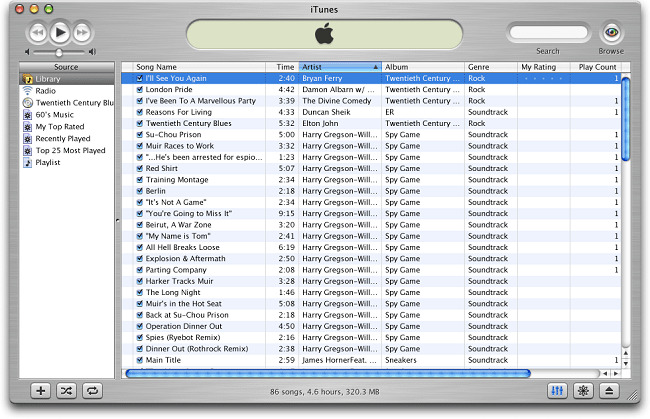
1.Digital Music Store: The iTunes Store allows users to buy and download music, movies, TV shows, audiobooks, and podcasts.
2.Device Syncing: iTunes lets users sync their media libraries across multiple Apple devices, including iPhones, iPads, and iPods.
3. Library Organization: Users can efficiently organize and manage their collection of digital media such as music, movies, and podcasts.
4. Digital Rights Management (DRM):iTunes was a pioneer in implementing DRM, which helps control the use and distribution of digital media. Although initially controversial, DRM has helped shape the modern digital media landscape.
5. Home Sharing:iTunes introduced a feature called Home Sharing that allows up to five computers in a household to share their iTunes libraries, making it easy to share content with family or roommates.
Part 3. What is the Difference Between iTunes and Apple Music
Navigating the landscape of digital music services can often seem complex, sometimes it takes you a lot time to figure it out. There are the key differences between these two services below to help you determine which best suits your musical and media needs.
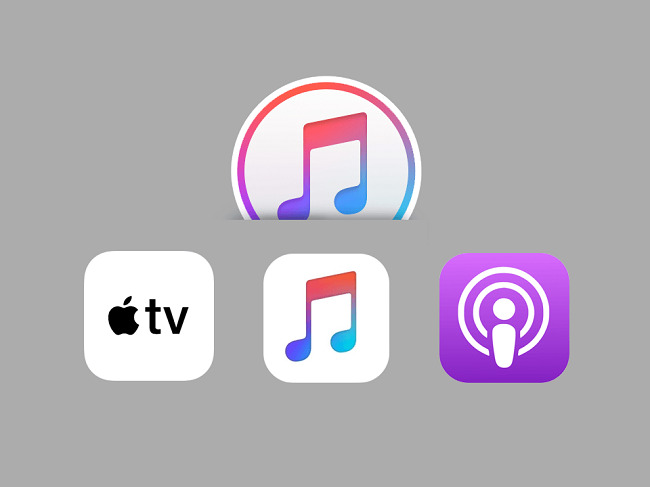
Media Management iTunes allows users to organize and manage their collection of digital music, movies, TV shows, podcasts, and audiobooks. While, Apple Music Offers a subscription service providing access to a vast catalog of songs, albums, playlists, and music videos.
On-Demand Content iTunes acts as a media player and a comprehensive digital media library.However, Apple Music is a dedicated music-streaming service, not usable as a general media player.
Media Purchases iTunes users can purchase and download various digital content, including music and movies, from the iTunes Store. While, Apple Music is a subscription service that allows unlimited streaming from its catalog without the need to purchase individual tracks or albums.
Device Syncing iTunes enables syncing of media libraries with Apple devices like iPods, iPhones, and iPads through a cable or Wi-Fi. However, Apple Music uses a cloud-based music library that syncs across all devices under the same Apple ID, eliminating the need for local device synchronization.
Integration with iTunes Despite Apple Music’s focus on streaming, it integrates with iTunes. This allows users to stream music through their Apple Music subscription within the iTunes application, blending streaming with their existing media library.
Part 4. Difference Between Apple Music and iTunes:Comparison Chart
The chart below shows a clear comparison between the two software.
| Apple Music | iTunes | |
|---|---|---|
| Type |
Subscription-based. A stand-alone music streaming service focused on music and videos. |
Media player and media library application. Includes music, movies, TV shows, podcasts, apps, ringtones, and more. |
| Device Synchronization |
Cloud-based No traditional syncing required. |
Sync media library with Apple devices (iPods, iPhones, iPads) via cable or Wi-Fi. |
| Content Access | Stream songs, albums, playlists, music videos. | Manage local music, movies, TV shows, podcasts, audiobooks. |
| Music Purchases |
Subscription-based model. The Individual plan costs $10.99 a month. |
Users can purchase and download music, movies, TV shows, audiobooks, etc., from the iTunes Store. |
| Backup and Restore |
Not applicable Does not involve device backup or restoration. |
Backup and restore iOS devices, including media content, settings, and apps. |
| Library Sharing |
Not supported Users can't organize purchased music manually, but they can create playlists and add songs to their library. |
Users can share iTunes libraries over a local network. |
Part 5.Your Gateway to Unlimited Musical Exploration
Understanding the differences between iTunes and Apple Music might seem overwhelming. However, with tools like DRmare Apple Music Converter, you can easily maximize your music library. If you have a large collection of music on iTunes and have recently started using Apple Music to explore more artists, DRmare is your ideal solution. It features an easy-to-use interface and robust conversion tools, allowing you to integrate your iTunes library with Apple Music seamlessly. Convert your favorite tracks into formats like MP3, AAC, or FLAC to ensure they play smoothly on all your devices. Whether you're listening to your carefully crafted iTunes playlists or discovering new music on Apple Music, DRmare Apple Music Converter lets you enjoy your music without limits.

- Unlock Apple Music M4P songs with the 100% lossless output quality
- Convert Apple Music M4P to MP3, AAC, M4A, FLAC, WAV, etc.
- Customize output songs with a preview window, editing music easier
- Use Apple Music for free forever without having a subscription
Part 6.In Conclusion
iTunes and Apple Music cater to different musical preferences. iTunes is best for those who prefer to own their music, appreciate having an album collection, and like listening offline without a subscription. Meanwhile, Apple Music appeals to those who enjoy unlimited streaming, personalized music recommendations, and discovering new music.
Ultimately, the choice between iTunes and Apple Music depends on your personal preferences and how you like to consume music. Each platform offers unique access to a vast musical landscape. Whether you enjoy timeless classics or the latest hits, the digital music revolution invites you to embark on your musical journey with DRmare!











User Comments
Leave a Comment